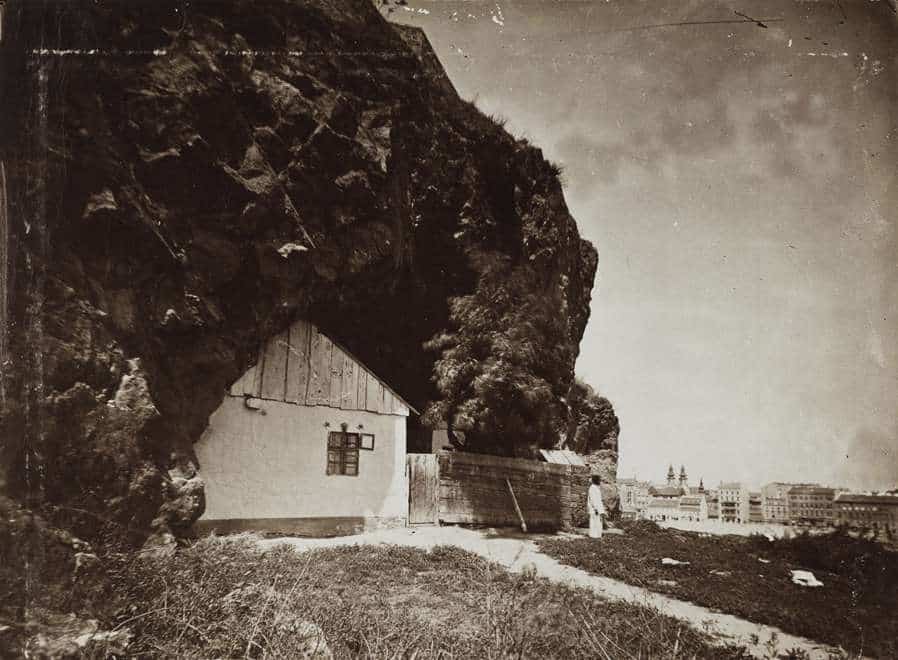You would never guess when the last cave-dweller left his home in Budapest – photos
After watching the Lord of the Rings, many could think that living beneath the earth is romantic. But the caves of Budapest offered nothing else but death for their residents.
The first cliff dwellings were created during the Ottoman occupation of the Hungarian capital because they dug caves to store wine properly. Of course, the wine-dresser looking after the beverage also received a cave serving as a home for him and his family. Furthermore, the rising demand for good quality limestone also resulted in a lot of mines in the neighbourhood which were reshaped later as dwellings – szeretlekmagyarorszag.hu reported.
In the beginning, mostly miners and their families occupied these “flats”, but later these became part of the real estate market and mostly tenants lived in them. In the middle of the 19th century
a quarter of Budafok’s population, 3,000 people lived in cliff dwellings.
The high demand encouraged the adaptation of new techniques. Firstly, the builders dug a huge square-shaped hollow and created cliff dwellings in all directions from it. People liked cliff dwellings in those days because their walls were much more resistant than any buildings’. Moreover, they needed only minor modifications to become inhabitable.

There were doors in each dwelling, the walls were whitewashed, and in some cases, builders even created chimneys in the dwellings. They also put some simple furniture but did not modify the ceiling or the floor.
These dwellings were favoured because of their low price among the
poor inhabitants of Budapest.
For example, the rent of a cliff dwelling in Budafok was only 50-120 Hungarian korona for a year, but one could easily receive 40-60 korona in the Törley champagne factory per month. The rent was very inexpensive those days, and one could even buy a cliff dwelling for 2-3,000 korona, which was achievable in a 10 years’ interval for many people.
However, by the turn of the 20th century, these dwellings became the hotbeds of epidemics because they lacked public utilities, so the general feeling turned against them saying that they endanger all living in their neighbourhood.

Most caves were inhabited by poor families raising many children. Therefore, it happened many times that even in the smallest dwellings 8-10 people lived together. Since there were not any windows on the dwellings, they could not create a draft, so there was
almost no ventilation in the buildings.
To make matters worse, since sewerage was unimaginable in such dwellings people dug holes for their necessities which resulted in unbearable smell not only inside but also in the neighbourhood and epidemics like typhus, cholera and leprosy. In the 1910s, for example, it happened that out of the approximately 3,000 people living in such “buildings” 700 were ill.
However, despite the efforts of the local and the national government, these caves
remained inhabited until the 1960s
because their residents could not afford anything else. One of the last cave dwellers left her home only in 1971, and her flat was preserved in its original state and can be visited today. But today’s real estate prices in the capital might affect the consideration of reopening these cliff dwellings.





